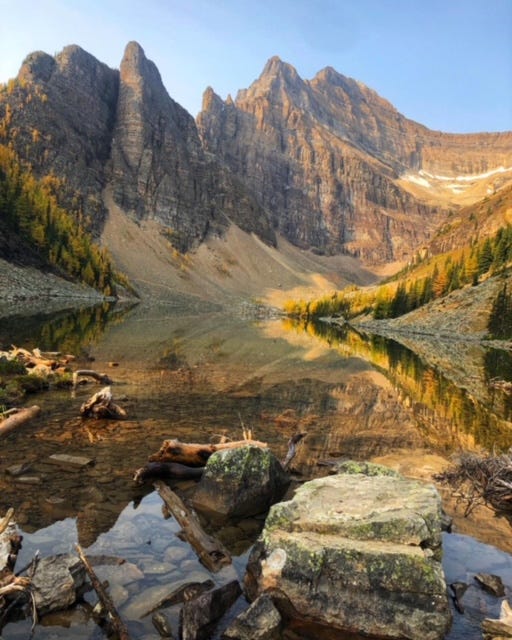Lake bed and autumn leaves, Banff, 2021
Many nights it’s difficult for me to sleep through until morning. I wake at hour four, or about halfway, the ancient sleep cycle of a break in the middle to snack, play, and make love. Being awake in the middle of the night is common now, and not upsetting. In this quiet space I find myself imag…
Keep reading with a 7-day free trial
Subscribe to Wanderland to keep reading this post and get 7 days of free access to the full post archives.




